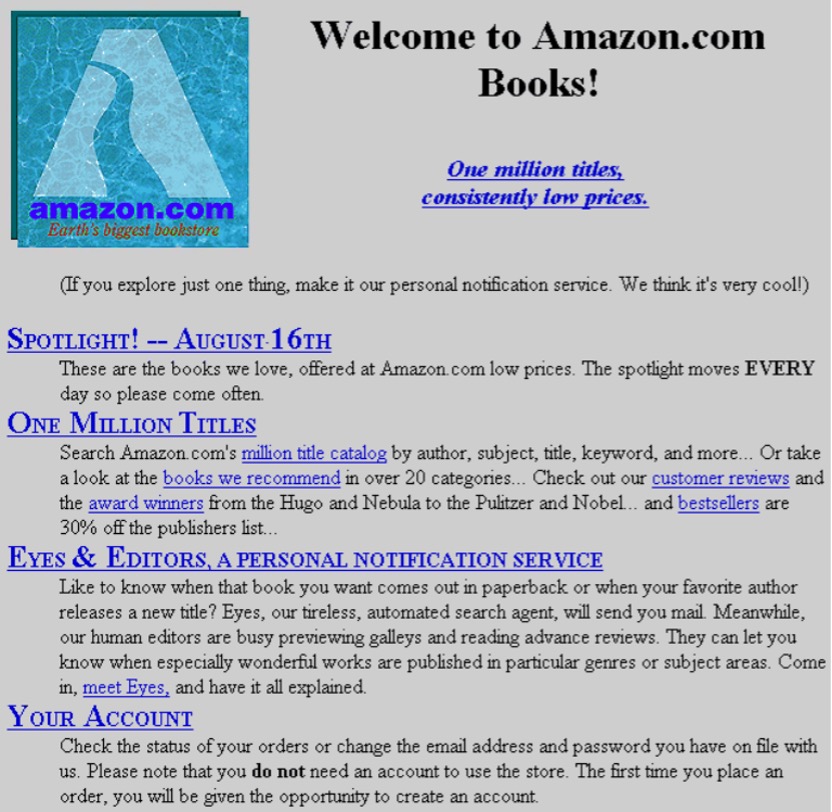|
Getting your Trinity Audio player ready...
|
Imagine an internet that anticipates your needs and allows you to create personalized experiences where popups, cookie notifications, and annoying banners are non-existent.
In this imaginary internet, your personal AI assistant would prioritize your emails based on what you find important, filter out junk and spam precisely, and even trade digital currencies, stocks, and other assets while you sleep.
This is the potential future internet a growing number of people call Web 4.0. It’s where blockchain technology, digital currencies, tokenized assets, and peer-to-peer transactions meet artificial intelligence (AI) and the Internet of Things (IoT). In this version of the web, inconvenience is minimized, everything is personalized, and the user experience is greatly improved. On top of all that, it’s decentralized, meaning interactions are peer-to-peer with no data-harvesting corporations in the middle of everything.
Sounds fantastic, right? Not so fast! Before embracing this digital utopia, let’s walk down memory lane and ask some crucial questions about the future.
The evolution of the web: Web 1.0 → Web 2.0 → Web 3.0
In the early 90s and 2000s, the world was introduced to the first version of the internet. Some call it Web 1.0, and others call it the static web, but whatever you call it, this version was defined by its read-only characteristics.
In the Web 1.0 era, businesses and individuals at the forefront of tech created the content, and users consumed it but couldn’t interact. There were no comments, minimal media, and nothing like user-generated content. This was the time of simple HTML websites with minimal CSS for styling (remember Angelfire and Geocities?). It was also when some giants that dominate the internet today, like Amazon (NASDAQ: AMZN), were born.

Then came the new millennium, and Web 2.0 began to take shape. On this version of the internet, users can read, write, share content, and interact. Blogs and forums became a thing, but social media sites soon began to dominate the internet. Humanity flocked to these new sites and apps to share photos and footage of their lives and consume them from their friends and networks. It was an innocent time!
However, it soon became apparent that humans had signed a deal with the digital devil. Facebook (NASDAQ: META) wasn’t just a cool app to share photos and reconnect with old friends—it was a data-harvesting corporate giant with surveillance capabilities that would have made the KGB green with envy. The intrusive, invasive nature of these apps, designed to be addictive, began to wreak havoc on lives and societies. In many ways, we’re still dealing with the seismic changes they brought about today.
Of course, Web 2.0 isn’t all bad. Many enterprising individuals have built e-commerce businesses and social media accounts that make them fortunes. Tools like Google Maps (NASDAQ: GOOGL) and Uber (NASDAQ: UBER) have made life much more convenient for many, and most of us enjoy using at least some social media platforms.
Then came Web 3.0, which is, in many ways, Dead on Arrival. The idea here was that digital currencies like Bitcoin and “decentralized” blockchains like Ethereum would enable a new kind of internet where peer-to-peer transactions allowed anyone, anywhere, to pay each other and communicate with each other directly. On this version of the web, the user would own their data, would be able to monetize it, and the data-harvesting middlemen would be eliminated.
It didn’t quite work out like that, at least yet. Fascination with flipping meme coins for quick profits and slow, fundamentally broken, unscalable centralized blockchains like BTC, Ethereum, and Solana have slowed the development and adoption of Web 3.0. It’s challenging to build a new world on blockchains where the transaction fees could be anything from $1.50 to $150, and transactions fail repeatedly when things get busy.
Yet, there’s still hope for Web 3.0. The ideas and concepts are both popular and sound. In time, developers will be less enticed by VC money and more focused on building products that work. Perhaps then, the scalable blockchains capable of one million transactions per second will have their moment in the sun, and those with a long-term business focus will shift to building on them.
Web 4.0 can’t happen until Web 3.0 succeeds
So, is Web 4.0 a premature idea? Yes, that’s undeniable. While AI agents are already becoming a thing on Meta-controlled platforms like Facebook, and they’ll become a more prominent feature of the internet experience in the years to come, that’s just an evolution of Web 2.0 where the same corporate titans will harvest even more data, build even more addictive platforms, and will serve up even more personalized ads. The best we can hope for here is a better user experience, but there will be no freedom. It will merely be a more pleasant digital cage to live in.
For Web 4.0 to succeed, Web 3.0 needs to be built on a solid foundation. Yes, that means a scalable blockchain like BSV that can process millions of transactions per second with tiny fees. It also means reliable transactions, compliance with the laws and regulations of nation-states, and valuable applications people find better than Web 2.0 alternatives.
How do we get the ball rolling? One obvious way is to empower creators with tools to monetize their content in ways Web 2.0 can’t and enable them to bring their audiences with them. That’s where micropayments come in, and platforms like LaMint and Gibeo are paving the way. Another is to make it easier for developers to build Web 3.0 applications, and that’s where platforms like sCrypt can help.
Web 4.0 sounds incredible, but it’s a long way off. To prevent the same big players from using AI to tighten their chokehold on the internet, we need to make scalable Web 3.0 a priority. Either we unite and build on a scalable blockchain or descend into tribalism and fight over the value of worthless meme coins while the masters of Web 2.0 become trillionaires and control ever more aspects of our digital lives. That’s a sobering choice to have to make, but it’s a real one.
Watch: Amazon Web Services to test Web3-enabling tech on BSV

 12-10-2025
12-10-2025 





